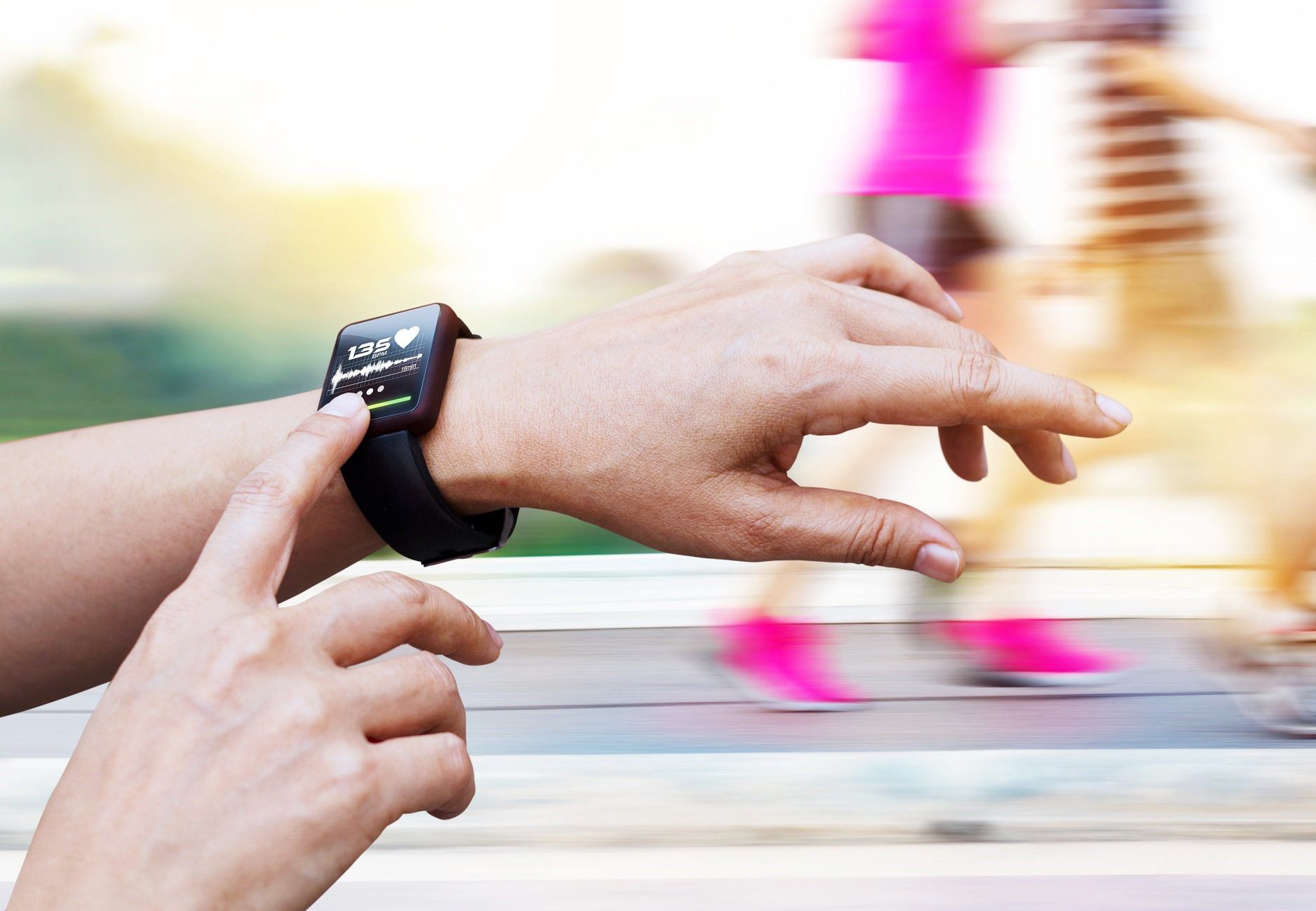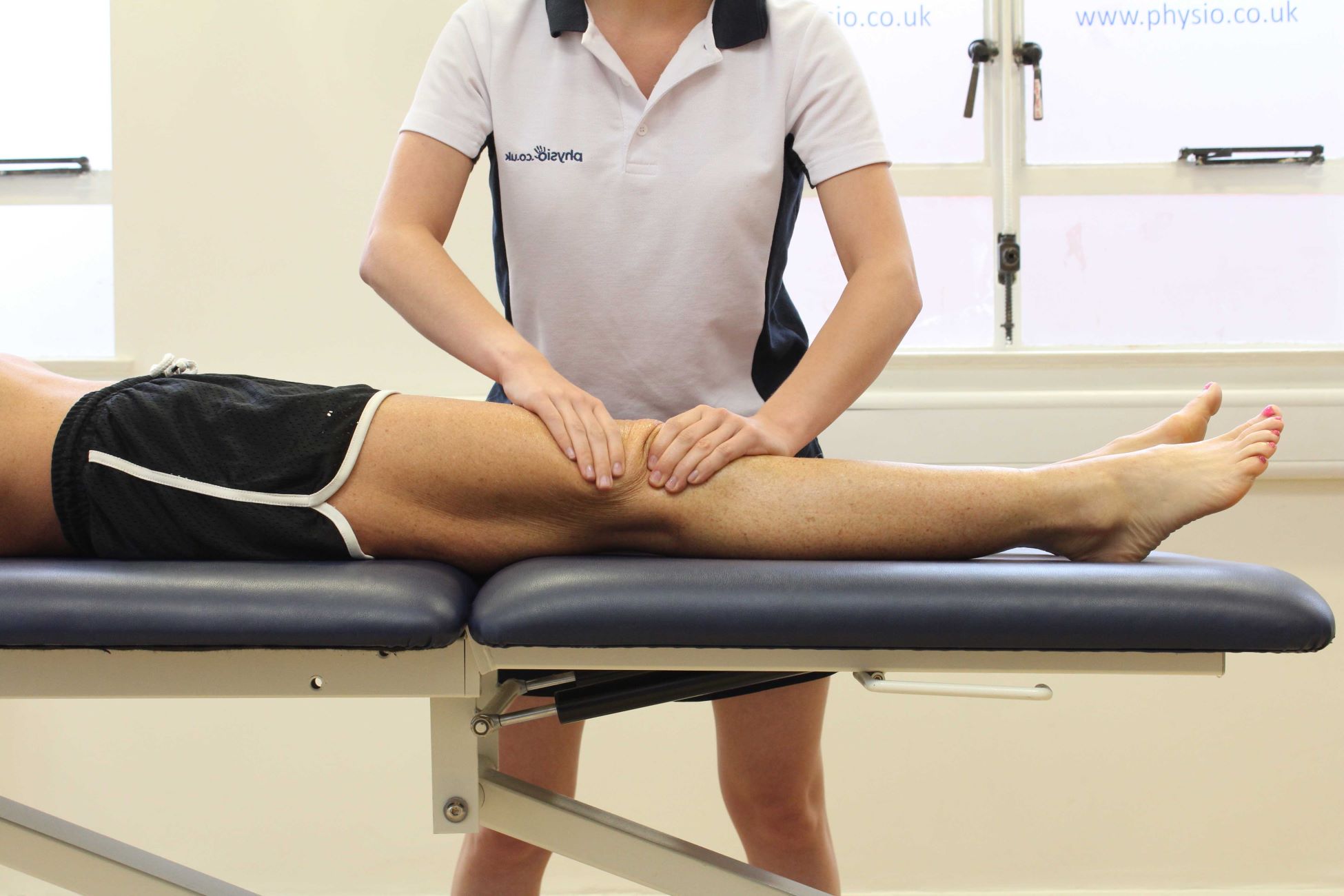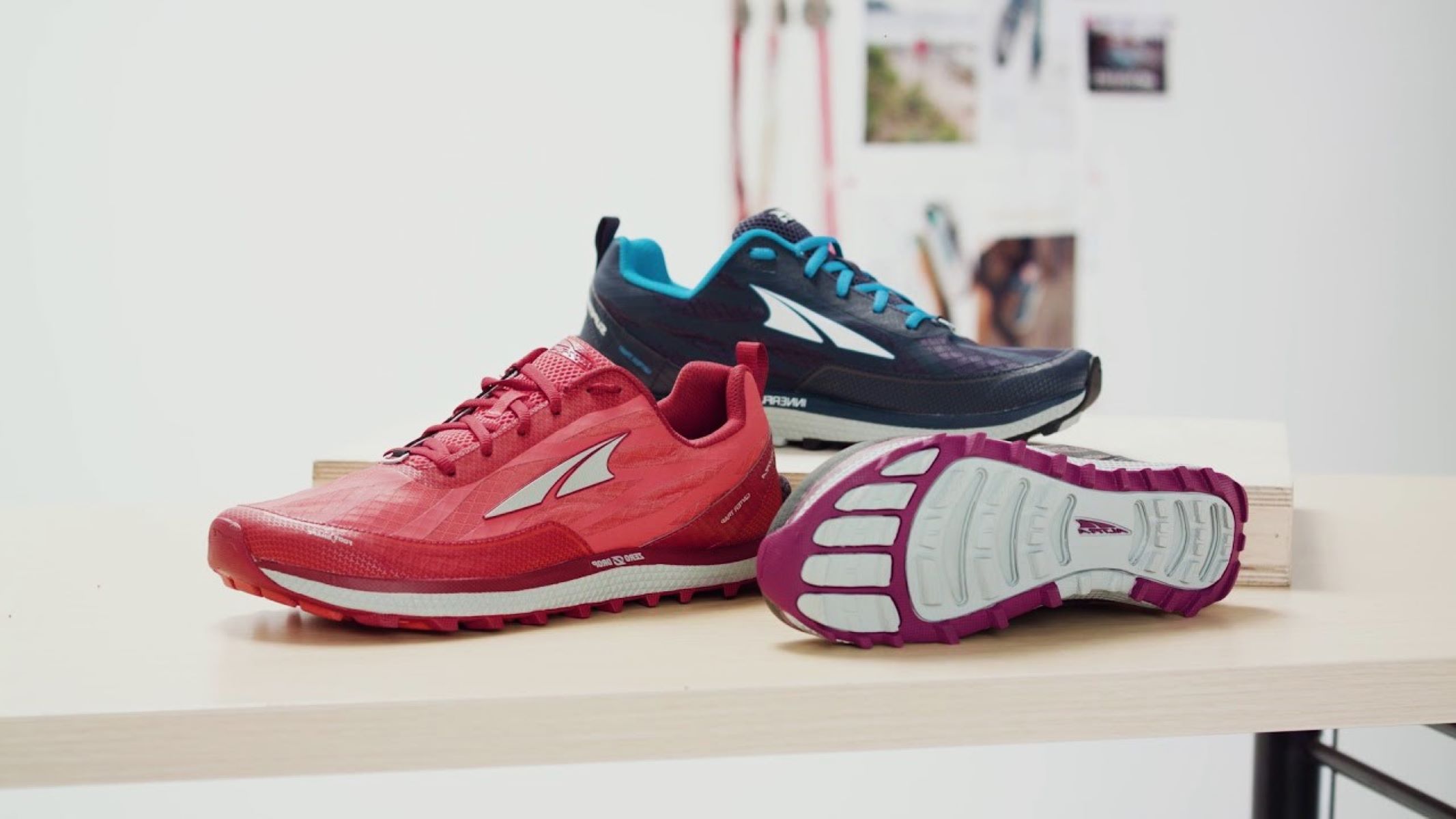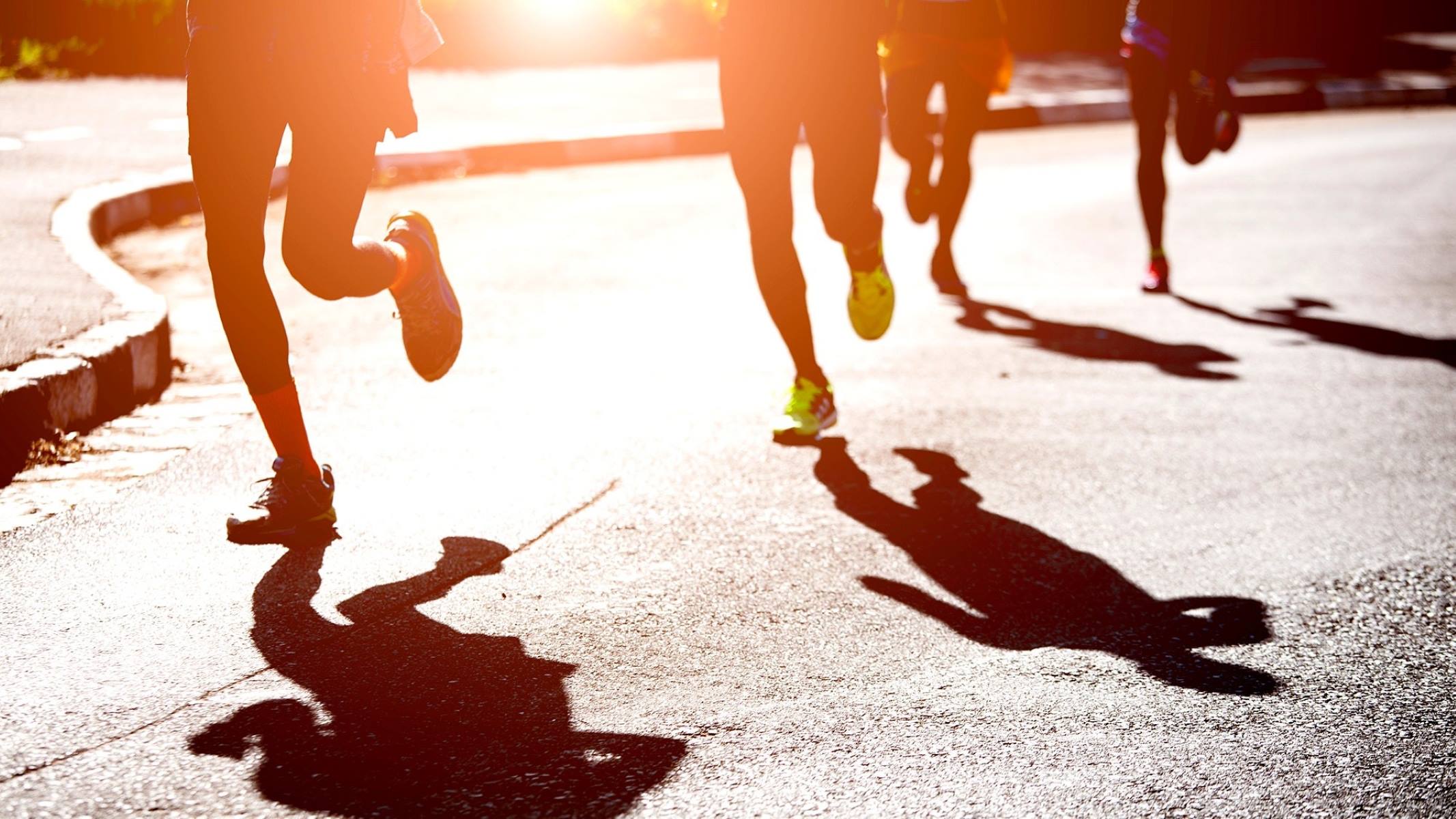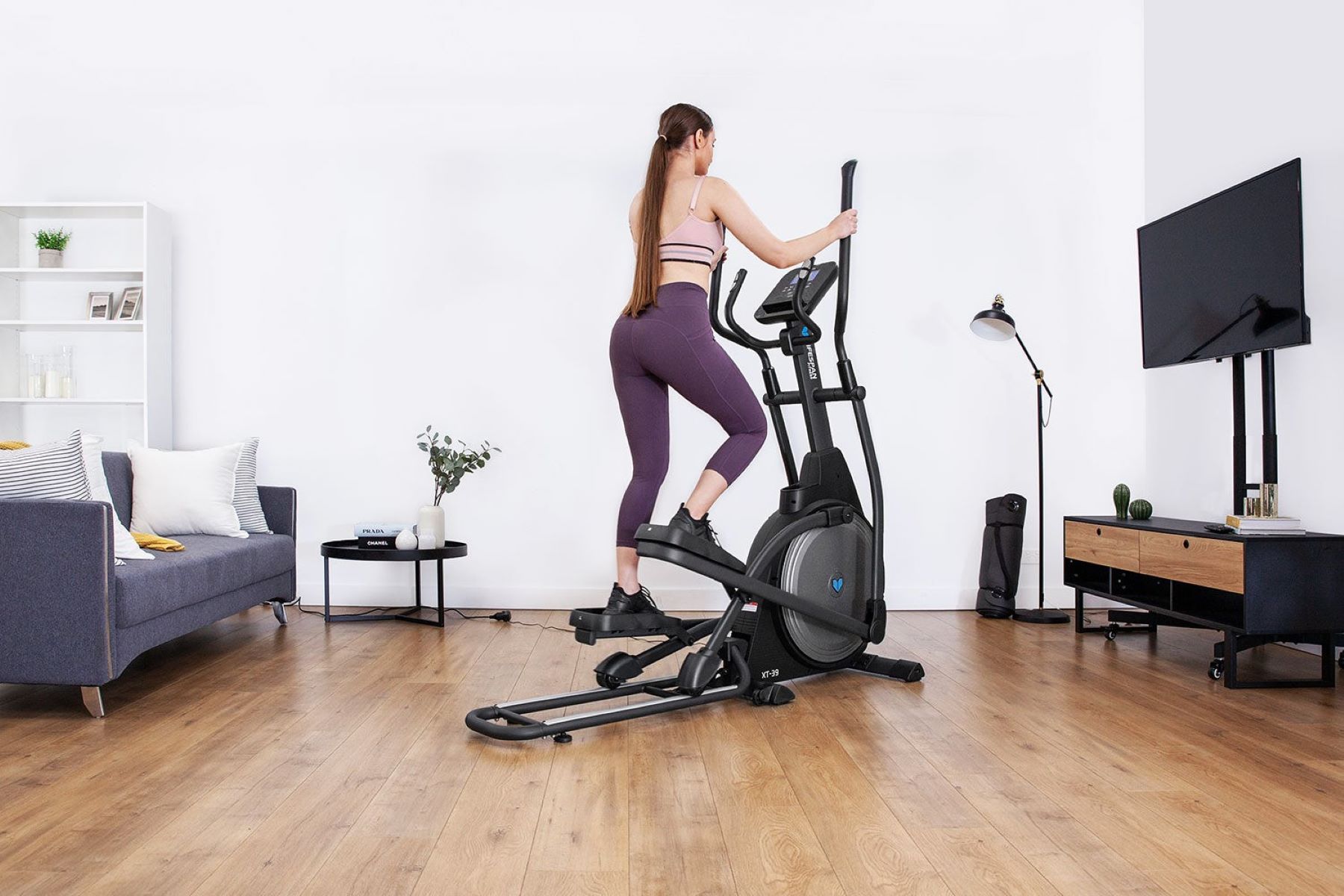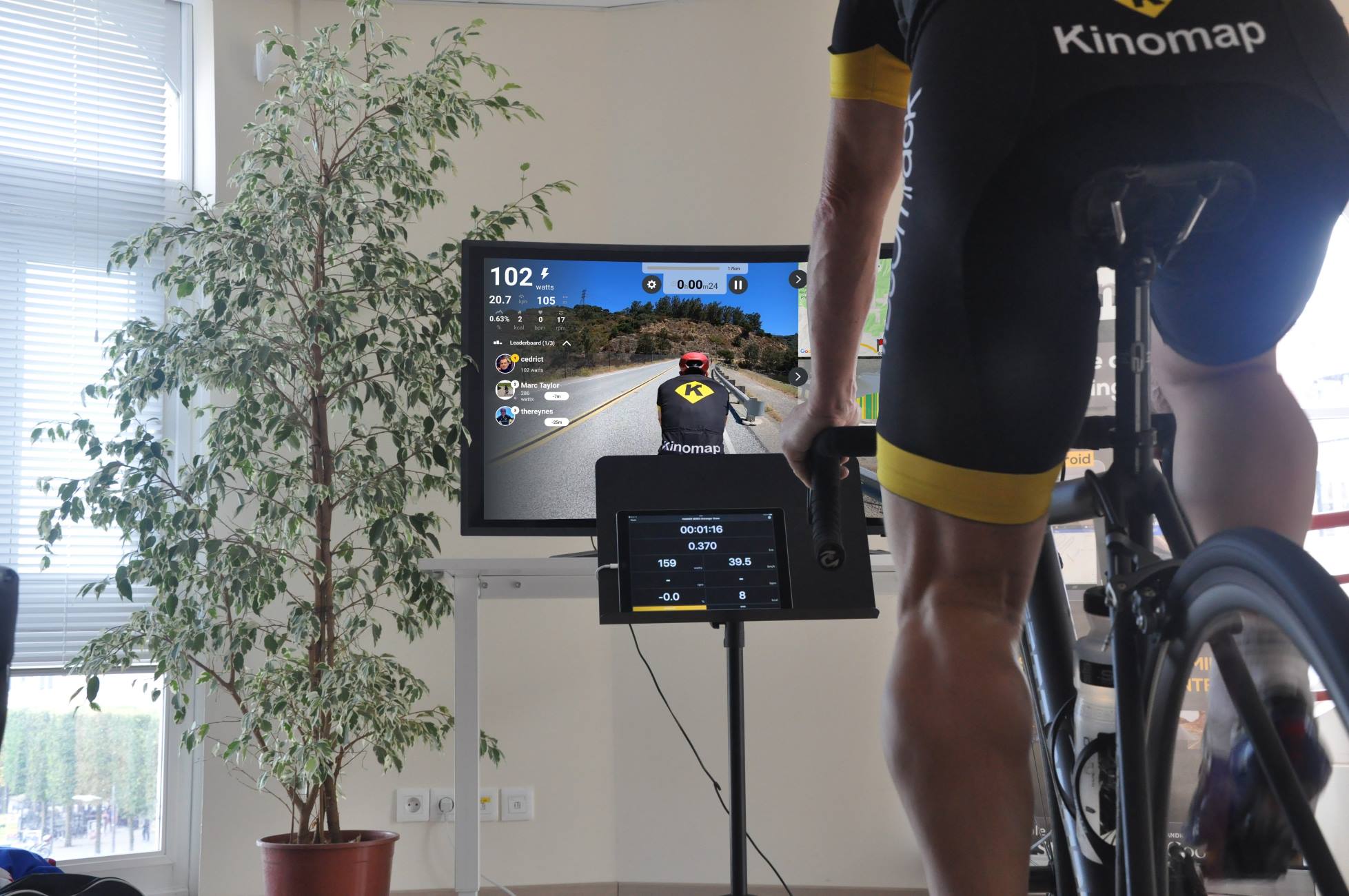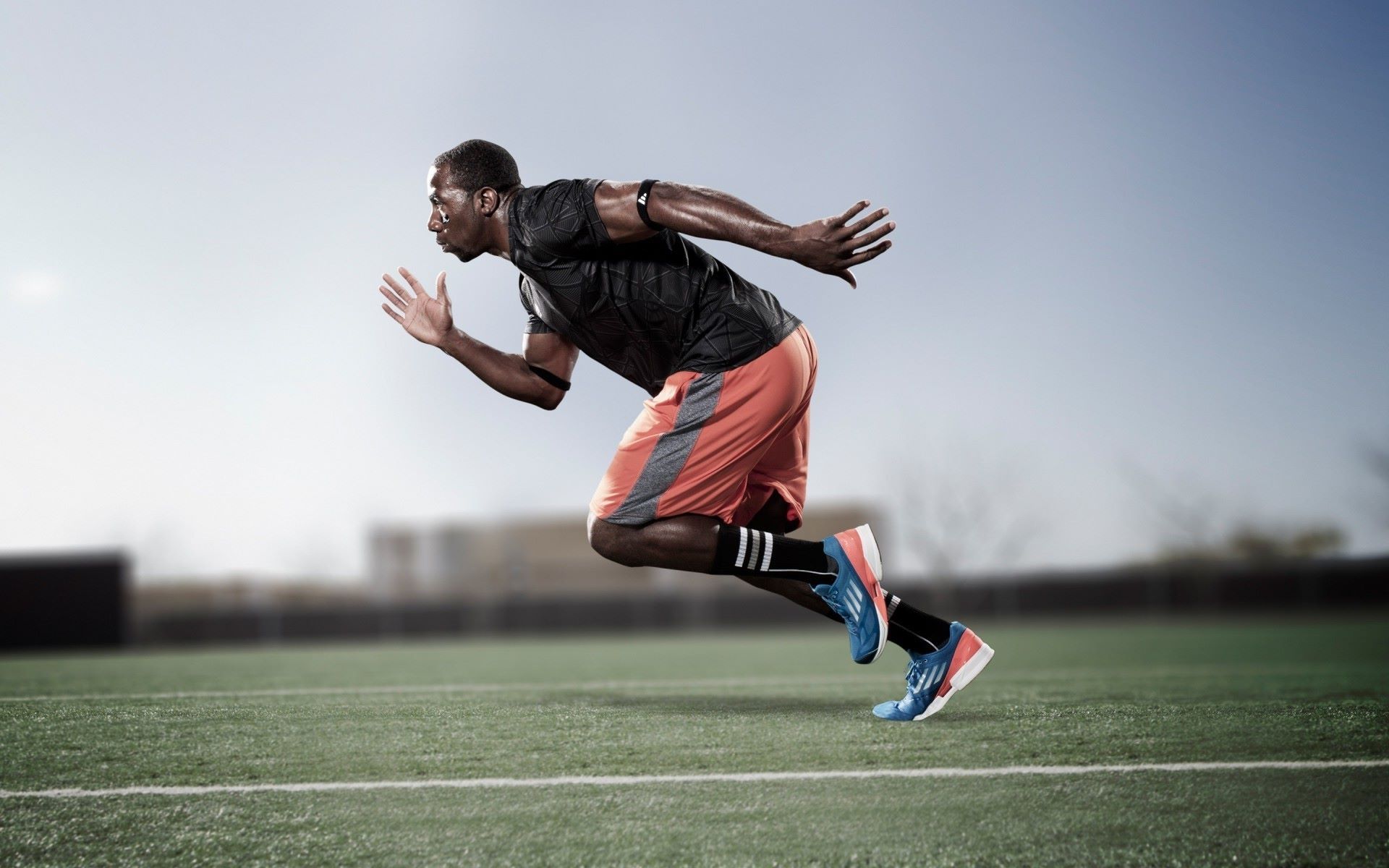Home>Health & Nutrition>Injury Prevention>A Comprehensive Guide To Hypermobility For Runners
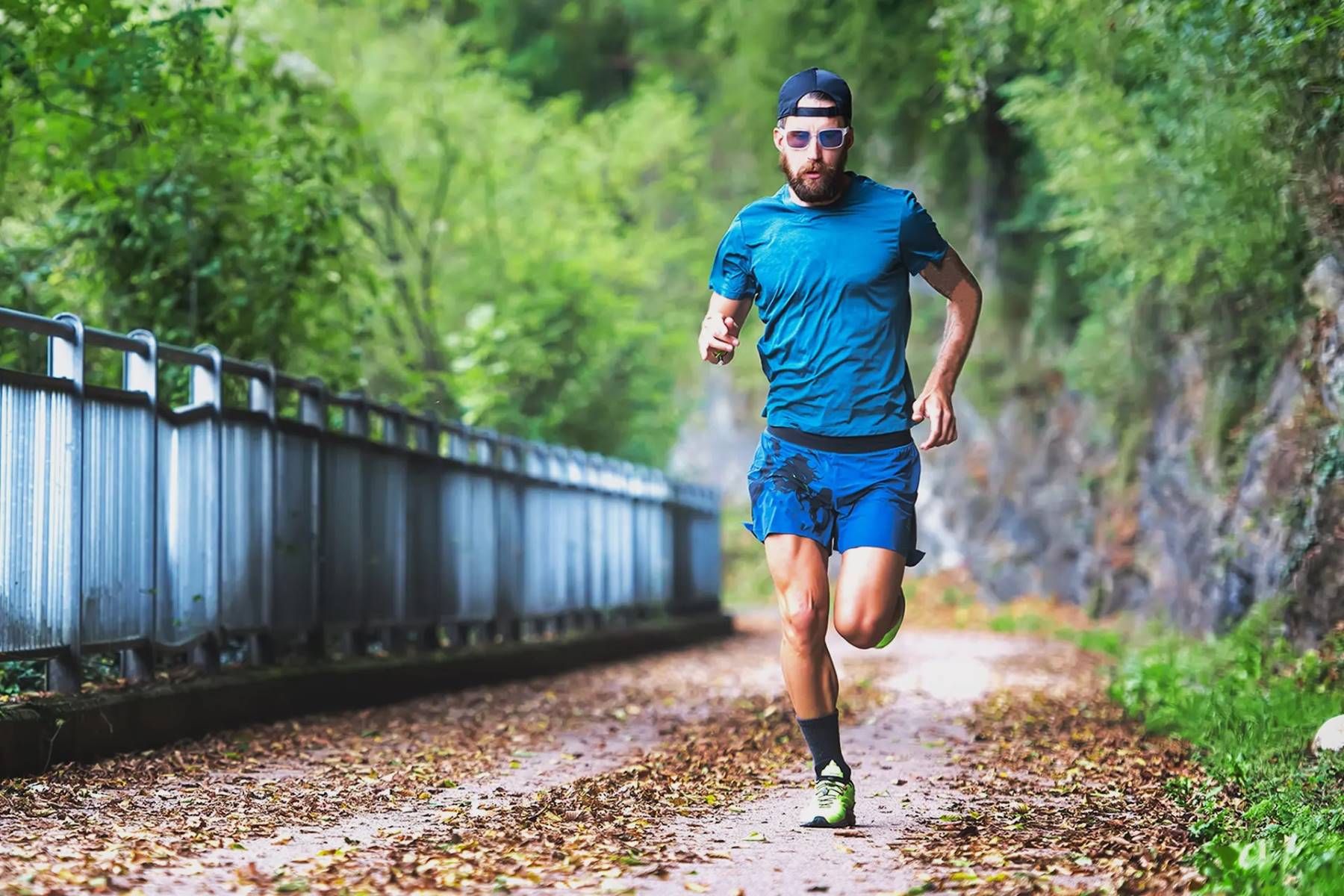

Injury Prevention
A Comprehensive Guide To Hypermobility For Runners
Published: February 27, 2024
Discover effective injury prevention strategies for runners with hypermobility in this comprehensive guide. Learn how to protect your joints and optimize your performance.
(Many of the links in this article redirect to a specific reviewed product. Your purchase of these products through affiliate links helps to generate commission for Therunningadvisor.com, at no extra cost. Learn more)
Table of Contents
Understanding Hypermobility
Hypermobility refers to an increased range of motion in one or more joints, often allowing them to move beyond the normal limits. This condition is commonly observed in individuals who possess more flexible connective tissues, such as ligaments and tendons. While flexibility is generally considered beneficial, excessive joint mobility can lead to various challenges, particularly for runners.
In hypermobile individuals, the joints can move beyond the typical range, making them more susceptible to injuries and instability. This heightened flexibility is often attributed to genetic factors, as it tends to run in families. Additionally, certain medical conditions, such as Ehlers-Danlos syndrome and Marfan syndrome, can contribute to hypermobility.
It's important to note that hypermobility isn't solely determined by the ability to perform specific stretches or contortions. Instead, it encompasses the overall range of motion in the joints, which can significantly impact an individual's physical capabilities and susceptibility to injuries.
Understanding hypermobility involves recognizing the potential implications it can have on an individual's musculoskeletal system. While some people may view hypermobility as a desirable trait, it's crucial to understand that excessive joint flexibility can lead to instability and an increased risk of injuries, particularly in physically demanding activities such as running.
In the context of running, hypermobility can affect the biomechanics of the body, altering the way forces are distributed and absorbed during each stride. This can lead to inefficient movement patterns and an elevated risk of overuse injuries. Therefore, gaining a comprehensive understanding of hypermobility is essential for runners aiming to optimize their performance and minimize the likelihood of injuries.
By comprehending the nature of hypermobility and its impact on the body, individuals can take proactive measures to manage and mitigate its effects, ultimately promoting safer and more sustainable running practices.
Impact of Hypermobility on Running
Hypermobility can exert a profound influence on the running experience, significantly affecting the biomechanics, performance, and susceptibility to injuries of individuals. When hypermobile individuals engage in running activities, the excessive joint flexibility can lead to a range of impactful consequences:
-
Altered Biomechanics: The increased joint mobility associated with hypermobility can disrupt the natural biomechanical alignment during running. This can result in inefficient movement patterns, affecting the distribution of forces across the body. As a consequence, hypermobile runners may experience challenges in maintaining optimal running form and may be more prone to developing compensatory movement patterns to accommodate for the excessive joint flexibility.
-
Increased Injury Risk: Hypermobility can elevate the risk of various running-related injuries. The excessive joint mobility can lead to instability, making hypermobile runners more susceptible to sprains, strains, and dislocations. Furthermore, the heightened flexibility can contribute to overuse injuries, such as tendinopathies and stress fractures, as the joints may be subjected to repetitive and excessive forces during running.
-
Impaired Muscle Function: The hypermobility of joints can impact the function of surrounding muscles. In hypermobile individuals, the muscles may need to work harder to stabilize the joints during running, potentially leading to muscle fatigue and imbalances. This can compromise the overall efficiency and endurance of the muscles, affecting the runner's performance and increasing the likelihood of muscular injuries.
-
Challenges in Footwear Selection: Hypermobility can pose challenges in selecting appropriate running footwear. The excessive joint flexibility can influence the way the foot interacts with the ground, potentially altering the natural gait pattern. As a result, hypermobile runners may require specialized footwear that provides enhanced stability and support to mitigate the effects of hypermobility on their running mechanics.
-
Impact on Recovery: For hypermobile runners, recovery from running-related injuries may be prolonged due to the inherent instability and susceptibility to musculoskeletal issues. The recovery process may necessitate targeted rehabilitation strategies to address the unique challenges posed by hypermobility, emphasizing the restoration of joint stability and the development of balanced muscular strength.
Understanding the impact of hypermobility on running is crucial for hypermobile individuals and fitness professionals alike. By recognizing the specific challenges and considerations associated with hypermobility, runners can implement targeted strategies to optimize their running experience and mitigate the potential risks posed by excessive joint flexibility.
Common Injuries and Issues for Hypermobile Runners
Hypermobile runners are particularly susceptible to a range of injuries and issues due to the inherent instability and altered biomechanics associated with excessive joint flexibility. Understanding these common challenges is essential for hypermobile individuals and fitness professionals to implement targeted injury prevention strategies and optimize running practices.
-
Sprains and Strains: The increased joint mobility in hypermobile individuals can predispose them to frequent sprains and strains. The ligaments and tendons surrounding hypermobile joints may be subjected to excessive stretching and stress during running, increasing the likelihood of ligament sprains and muscle strains. These injuries can significantly impede running performance and may require prolonged recovery periods.
-
Dislocations: Hypermobile runners face a heightened risk of joint dislocations, particularly in the shoulders, knees, and ankles. The excessive joint mobility can lead to joint instability, making it more challenging for hypermobile individuals to maintain proper joint alignment during running. As a result, the risk of joint dislocations, where the bones are forced out of their normal positions, is notably elevated.
-
Tendinopathies: The repetitive and excessive forces experienced by hypermobile runners can contribute to the development of tendinopathies, which encompass various tendon-related issues such as tendinitis and tendon tears. The heightened flexibility can place increased strain on the tendons, potentially leading to chronic overuse injuries that manifest as pain, swelling, and impaired function in the affected tendons.
-
Stress Fractures: The altered biomechanics and compromised stability associated with hypermobility can predispose runners to stress fractures, particularly in weight-bearing bones such as the tibia and metatarsals. The excessive joint flexibility can lead to abnormal loading patterns on the bones, increasing the risk of stress-induced fractures, which can significantly disrupt training regimens and necessitate extended recovery periods.
-
Muscular Imbalances: Hypermobility can contribute to muscular imbalances, as the muscles surrounding hypermobile joints may need to compensate for the inherent instability. This can lead to asymmetrical muscle development and altered movement patterns, potentially increasing the risk of muscular injuries and impacting overall running performance.
-
Chronic Joint Instability: Hypermobile runners often experience chronic joint instability, which can manifest as recurrent subluxations and a sense of joint looseness. This ongoing instability can significantly impede running performance and increase the risk of acute joint injuries, necessitating targeted interventions to enhance joint stability and proprioception.
By recognizing these common injuries and issues, hypermobile runners can proactively address the unique challenges posed by excessive joint flexibility. Implementing targeted strength and stability training, optimizing running mechanics, and seeking professional guidance can significantly mitigate the risks associated with hypermobility, promoting safer and more sustainable running practices for individuals with heightened joint flexibility.
Tips for Managing Hypermobility in Running
Managing hypermobility in running requires a comprehensive approach that addresses the unique challenges posed by excessive joint flexibility. By implementing targeted strategies and adopting proactive measures, hypermobile runners can optimize their running experience and mitigate the potential risks associated with heightened joint mobility.
1. Strength and Stability Training
Engaging in targeted strength and stability training is crucial for hypermobile runners. By focusing on strengthening the muscles surrounding hypermobile joints, individuals can enhance joint stability and reduce the risk of injuries. Incorporating exercises that emphasize muscular control and proprioception can help mitigate the inherent instability associated with hypermobility, promoting more balanced and resilient running mechanics.
2. Customized Rehabilitation Programs
Hypermobile runners recovering from injuries should consider customized rehabilitation programs that address the specific challenges posed by excessive joint flexibility. Working with healthcare professionals, such as physical therapists and sports medicine specialists, can facilitate the development of tailored rehabilitation plans that target the restoration of joint stability, muscular balance, and functional movement patterns.
3. Optimal Footwear Selection
Selecting appropriate running footwear is essential for hypermobile runners. Specialized shoes that offer enhanced support and stability can help mitigate the effects of hypermobility on running mechanics. Additionally, consulting with footwear experts or podiatrists to identify footwear options that accommodate the unique biomechanical considerations associated with hypermobility can significantly enhance running comfort and performance.
4. Biomechanical Assessment
Undergoing a comprehensive biomechanical assessment can provide valuable insights for hypermobile runners. By evaluating running gait, joint alignment, and movement patterns, individuals can identify potential areas of vulnerability and implement targeted interventions to optimize biomechanical efficiency. This may involve working with experienced running coaches or biomechanics specialists to refine running mechanics and reduce the impact of hypermobility on performance.
5. Cross-Training and Recovery Strategies
Incorporating cross-training activities, such as swimming, cycling, and strength-based workouts, can complement running routines for hypermobile individuals. Diversifying training regimens can reduce the repetitive stresses on hypermobile joints while promoting overall fitness and muscular balance. Additionally, prioritizing adequate rest, recovery, and injury prevention strategies is essential for managing the unique challenges associated with hypermobility in running.
By integrating these tips into their running practices, hypermobile individuals can proactively manage the effects of excessive joint flexibility, promoting safer, more resilient, and sustainable running experiences. Embracing a holistic approach that encompasses strength training, biomechanical optimization, and targeted rehabilitation can empower hypermobile runners to navigate the inherent challenges of running with heightened joint mobility.
Read more: A Comprehensive Guide To Running Nutrition
Best Practices for Hypermobile Runners
Optimizing the running experience for hypermobile individuals entails embracing a proactive and multifaceted approach that encompasses targeted strategies and best practices. By integrating these best practices into their running routines, hypermobile runners can effectively manage the challenges associated with excessive joint flexibility while promoting safer, more resilient, and sustainable running practices.
1. Mindful Warm-Up and Cool-Down Routines
Prioritizing comprehensive warm-up and cool-down routines is essential for hypermobile runners. Engaging in dynamic warm-up exercises that target joint stability and muscular activation can prepare the body for the demands of running, reducing the risk of injury. Similarly, incorporating static stretching and mobility exercises during the cool-down phase can promote flexibility and aid in the prevention of post-run muscle tightness, enhancing overall recovery.
2. Progressive Training Approach
Adopting a progressive training approach is paramount for hypermobile runners. Gradually increasing running mileage, intensity, and duration can allow the body to adapt to the demands of running while minimizing the risk of overuse injuries. By implementing structured training plans that prioritize gradual progression and adequate recovery, hypermobile individuals can optimize their running performance while mitigating the potential impact of excessive joint flexibility.
3. Focus on Proprioception and Balance
Enhancing proprioception and balance is crucial for hypermobile runners. Incorporating exercises that challenge proprioceptive awareness, such as single-leg stability drills and balance-focused activities, can improve joint stability and reduce the risk of falls or missteps during running. By prioritizing proprioceptive training, hypermobile individuals can enhance their body's ability to respond to dynamic movement patterns, promoting more controlled and stable running mechanics.
4. Regular Monitoring and Self-Assessment
Maintaining regular monitoring and self-assessment practices can empower hypermobile runners to proactively manage their running experience. By paying attention to subtle changes in joint stability, muscular fatigue, and running mechanics, individuals can identify potential areas of concern and adjust their training regimens accordingly. Additionally, seeking professional guidance, such as biomechanical assessments and gait analysis, can provide valuable insights for optimizing running performance and injury prevention.
5. Holistic Approach to Recovery and Maintenance
Embracing a holistic approach to recovery and maintenance is essential for hypermobile runners. Prioritizing adequate rest, nutrition, and recovery strategies can facilitate the body's adaptation to the demands of running, promoting overall resilience and injury prevention. Additionally, integrating complementary practices such as yoga, foam rolling, and mobility exercises can support joint health and muscular balance, contributing to a more sustainable running experience for hypermobile individuals.
By incorporating these best practices into their running routines, hypermobile individuals can navigate the unique challenges associated with excessive joint flexibility, promoting safer, more resilient, and enjoyable running experiences. Embracing a proactive and holistic approach that encompasses mindful training, injury prevention, and self-care can empower hypermobile runners to optimize their running performance while mitigating the potential risks posed by heightened joint mobility.


